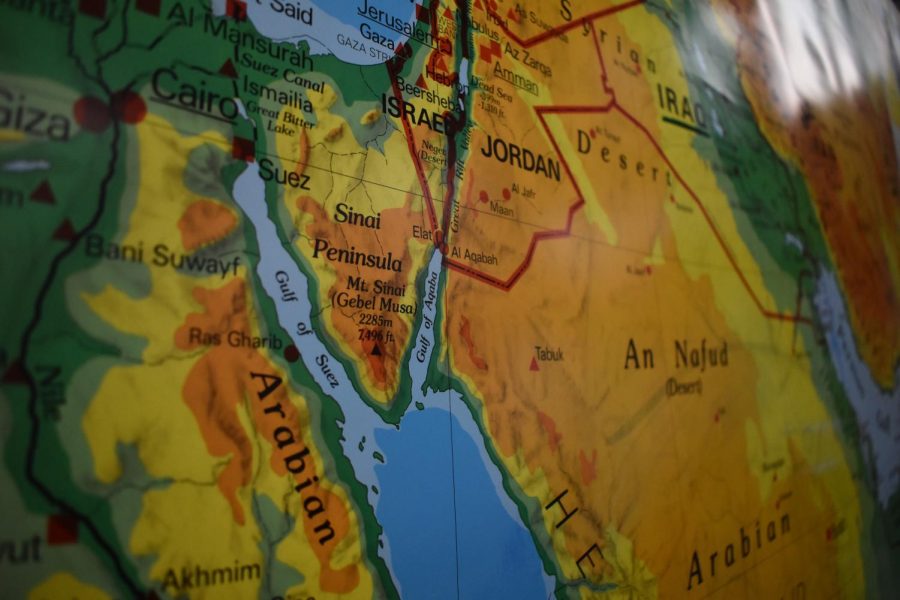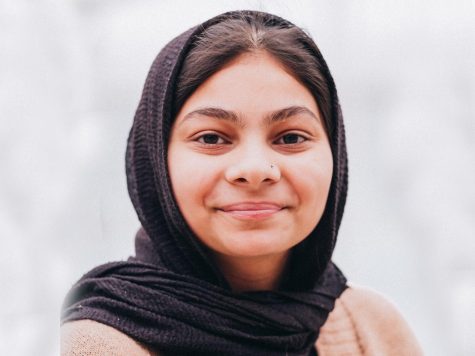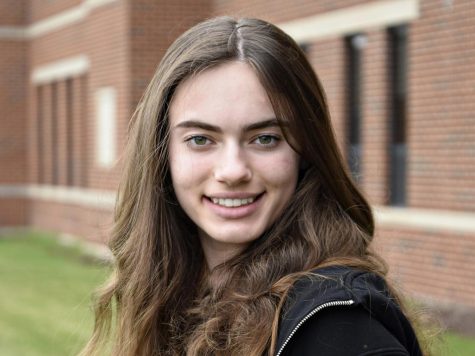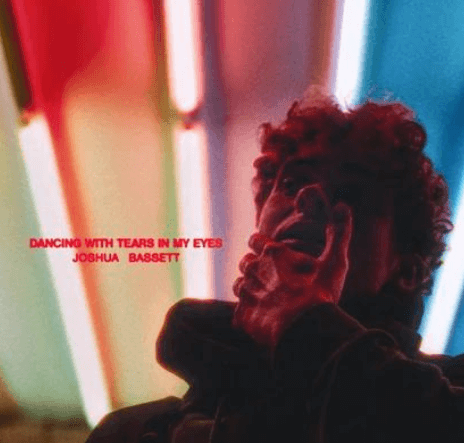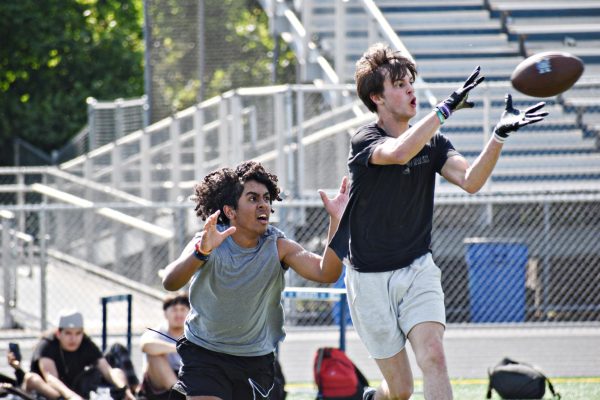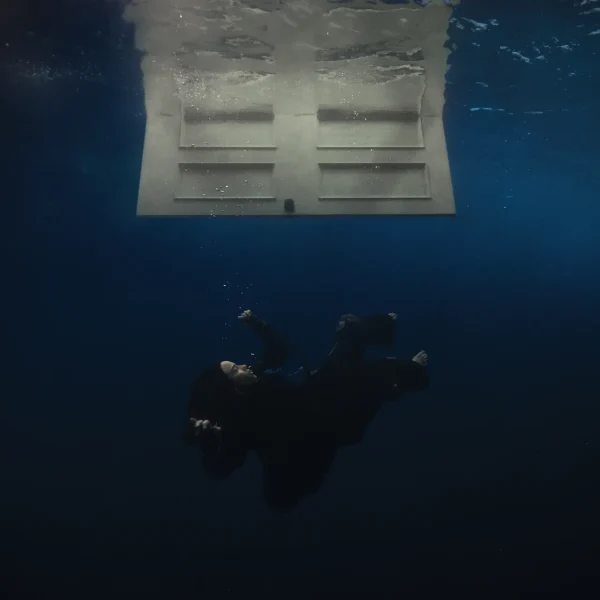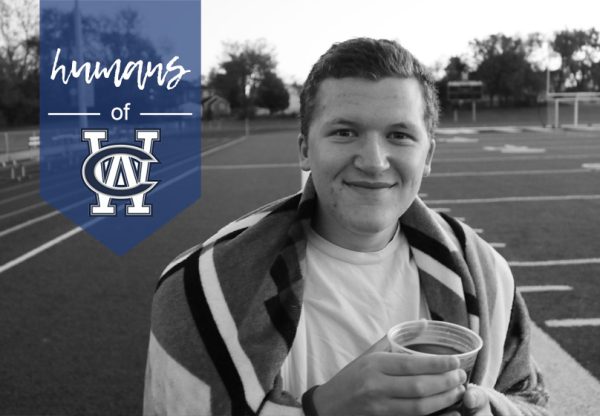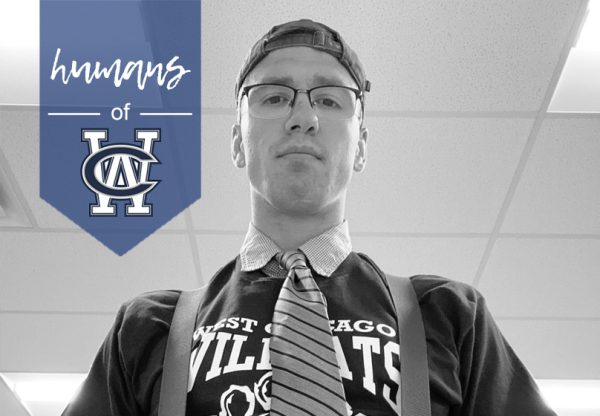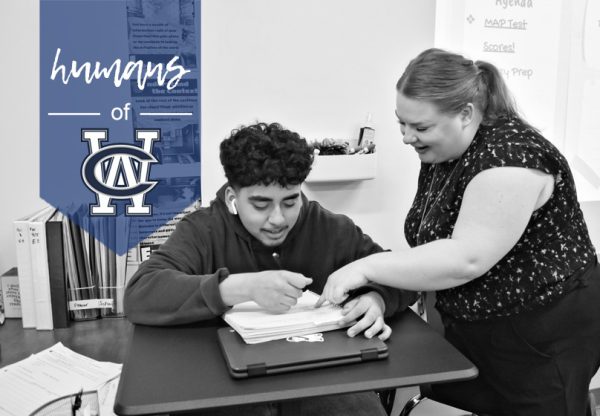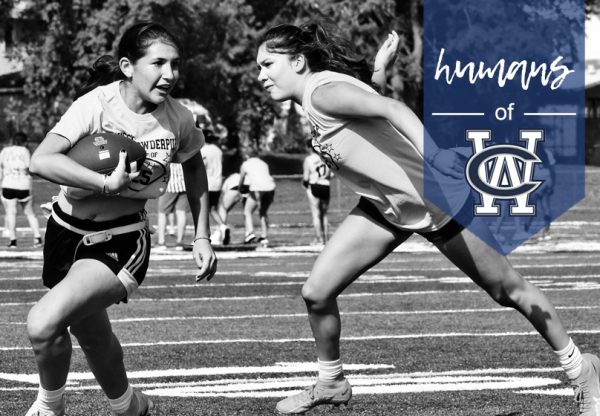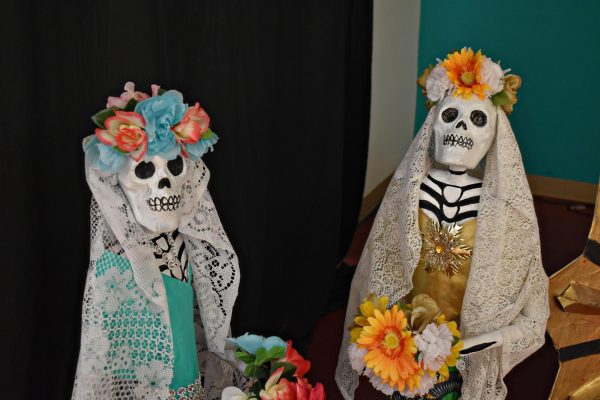WEGO’s take on the Israeli/Palestinian conflict
Photo by Sasha Baumgartner
Israel and Palestine are located along the coast of the Mediterranean Sea, west of the Jordan river.
March 13, 2023
As world news sources report tensions are rising between Israel and Palestine these past several weeks, students and staff at WEGO differ in their opinions as to how the conflict might be resolved, and what locals do to help.
The Israeli/Palestinian conflict began May 14, 1948, when Israel was declared a state, sparking the Arab/Israeli war. Israel won the war one year later, but Palestinians were displaced, and the territory was divided.
Most people say the Israeli/Palestinian conflict is very deep-seated and even now, students and staff have different opinions about the issue.
Palestine is an Arab country located in an area around the Mediterranean Sea. Israel currently occupied East Jerusalem, the West Bank, the Gaza Strip, with the Egyptian Sinai Peninsula and Syrian Golan Heights. These five areas were once considered Palestinian land that Israel has occupied with Palestinian land but have been under Israeli control since just after World War II, when the United Nations divided the area into two sections.
“It sparked post-World War II, the UN decided to create the country of Israel in 1947, and in that time have taken and carved land from Palestine, which existed for quite some time, and that kind of led to the Arab/Israeli conflict. You had the Six Days War right after that, the Yom Kippur War of the 1970s. A lot of Arab nations felt kind of threatened by this new country, and the United States was a primary defender of Israel,” Social Studies teacher John Chisholm said.
According to the BBC, “Palestinians in Gaza and the West Bank say they are suffering because of Israeli actions and restrictions. Israel says it is only acting to protect itself from Palestinian violence.”
“The conflict with the Israeli/Palestinians is a very deep-seated conflict, where I don’t think it’s something that an easy solution can come to. I know of some people who have an interest in the conflict, and they definitely have a strong opinion about it,” Social Studies teacher Maggie Haas said.
According to the U.S. Department of State, in the last two years, the United States has provided over half a billion dollars in aid for the Palestinians. Part of that assistance stems from the United Nations Relief and Works agency (UNRWA), but the United States also sent $75 million in support through the US Agency for International Development (USAID).
Some believe that aid is not enough.
“The United States is still funding Israel, to the tune of around $150 billion a year. The government has not imposed sanctions, nor addressed humanitarian violations,” Kieran Ramzan, a senior at West Chicago Community High School, said.
However, many students surveyed had little understanding of the conflict between the two nations.
“Freshman geography classes spend time talking about the Palestinian/Israeli conflict, but to understand a lot of it, students have to have a better idea of what’s going on around the world,” Haas said
While the conflict may seem far away, there are many donation websites, some of which are posted to social media, designed to bring attention to the ongoing conflict with the Israelis/Palestinians. Some of those sites include: the United National Relief and Works Agency. Baitulmaal, and Islamic Relief USA.
Locally “WeGo Global has also created social media posts for Instagram that they have shared about the Israeli/Palestinian conflict, trying to be a neutral party to the issue and not take sides,” Haas said.
The Arab/Israeli conflict is ongoing, and it does not seem to stop.
“Today, Israelis are trying to defend their right to exist, while some of their neighbors have kind of repeatedly challenged that, and Palestinians themselves are resisting what they feel is like Israeli kind of encroaching on the Palestinian settlements, and the West Bank and the Gaza Strip. So that’s kind of led to animosity and violence on both sides,” said Chisholm.
On February 25, armed Israeli settlers allegedly wore the uniform of the occupation forces to take part in the attack against Palestinians and destroy their properties in Huwara, a village in Southern Nablus. Israeli settlers, reports claim, attacked Palestinian homes and set fire to their properties in Huwara after two Israeli brothers were shot dead following what the Israeli army called a terror attack. As reported by The Times of Israel, 37-year-old Palestinian, Sameh Aqtash, was killed during the fire riots, according to the Palestinian Health Ministry, and 95 others were treated for tear gas inhalation.
Since then, there have been numerous reports from news group Al Jazeera as to continuing violence.
“I know that in the past some of my students (one in particular) in his community raised money to help Palestinians. I have had students learn about the issue in school and take their passions within a community that has a vested interest in the issue and they have raised some money that way. To be able to help in a major way is going to take an extreme act to generally gather student interest, which is very unfortunate because these are real people that these actions are happening to. We need to be knowledgeable and know what’s going on because we can then elect people to office who can directly influence policy in other places,” Haas said.



